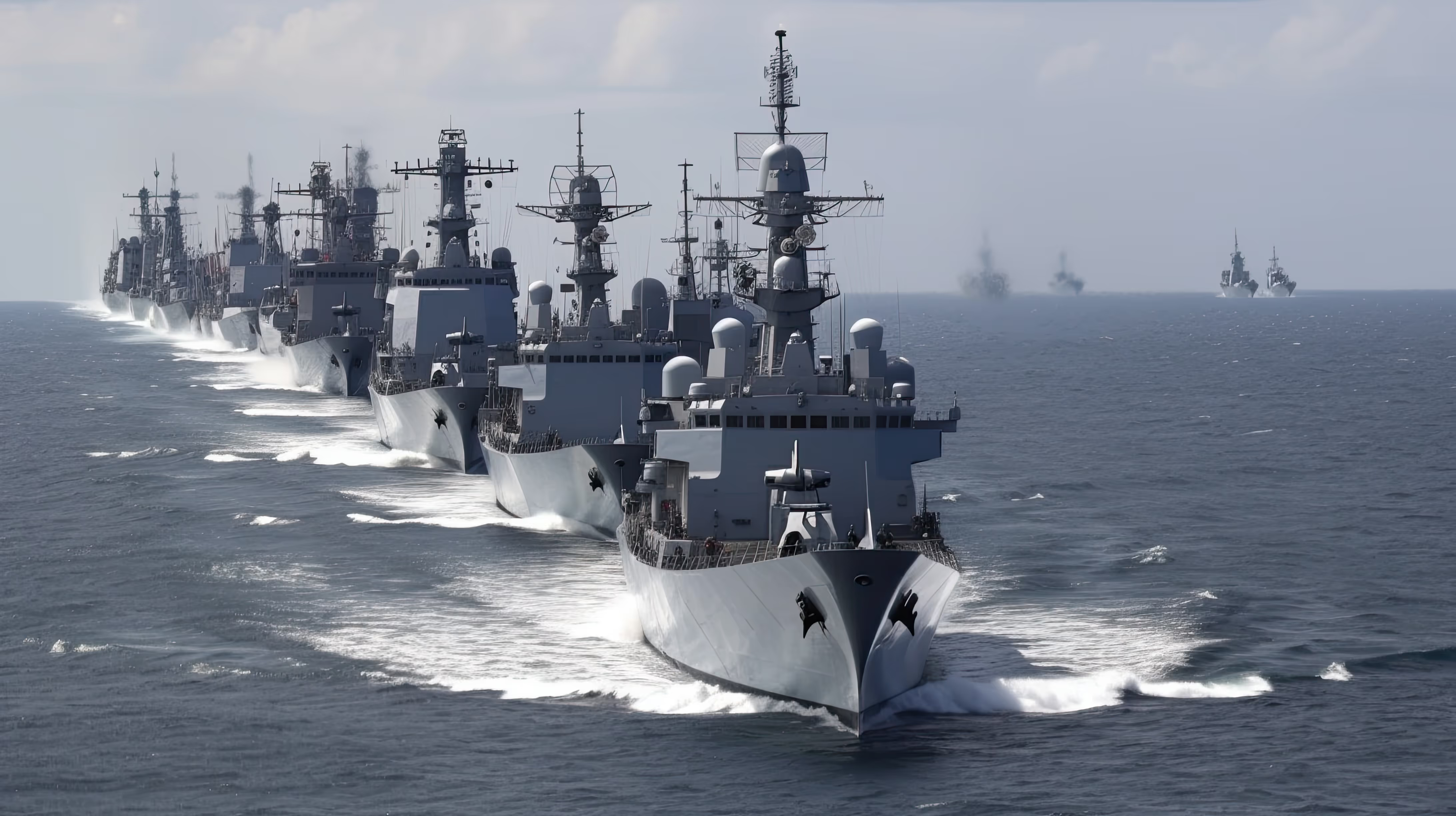Before 2016, the PLA maintained a relatively limited military presence near Taiwan. While occasional exercises took place, it was rare for Chinese air or naval forces to cross into Taiwan’s ‘air defence identification zone’ (ADIZ) or operate regularly around the island. Most PLA activity focused on training exercises conducted within the Taiwan Strait or along China’s own coastline.
That pattern changed significantly after the 2016 election of Taiwanese President Tsai Ing-wen. Once Tsai took office, the PLA began steadily increasing the frequency of air patrols and bomber flights near Taiwan. In 2016, for the first time, the PLA Air Force launched long-range bomber missions that sometimes circumnavigated the island. At first the flights were occasional, but they soon became a regular feature of PLA activity.
In September 2020, Taiwan’s Ministry of National Defense began to release real-time military updates to document PLA incursions into its ADIZ. That greatly improved understanding of China’s sustained military presence around Taiwan. By late 2020, near-daily incursions had become the norm. The trend has only intensified: in 2021, the PLA flew 972 aircraft into Taiwan’s ADIZ; in 2022, 1,738; in 2023, 1,703; and in 2024, a record 3,615.
Naval activity expanded in parallel. From 2020 onwards, PLA warships began operating more frequently around Taiwan, sometimes circling the island to demonstrate presence and capability. Since 2023, the China Coast Guard (CCG) and maritime militia have increasingly coordinated with the PLA Navy, adding another layer of pressure in surrounding waters.
Today, that military activity is routine. Near-daily air crossings into Taiwan’s airspace are matched by regular naval patrols, particularly to Taiwan’s east and south. China has also deployed its growing fleet of aircraft carriers in exercises that simulate blockades or power-projection missions near Taiwan’s eastern approaches.
Another important development is the use of uncrewed aerial vehicles (UAVs). Drones began appearing in PLA operations in 2022, especially after the visit of then-Speaker of the US House of Representatives Nancy Pelosi to Taipei. Since then, UAV missions have become a regular feature of China’s military presence.
The cumulative effect of those operations is to shrink Taiwan’s operating space and normalise coercion. The detailed daily records published by Taiwan’s Ministry of National Defense capture the scale of that activity. They provide a clear picture of China’s expanding military footprint around Taiwan and the pressure it’s designed to exert .
PLA‑N = PLA Navy; PLA‑AF= PLA Air Force; official ships = CCG and other state vessels.
For weekly updates on China’s coercion of Taiwan, sign up to ASPI’s State of the Strait on Substack.



.avif)